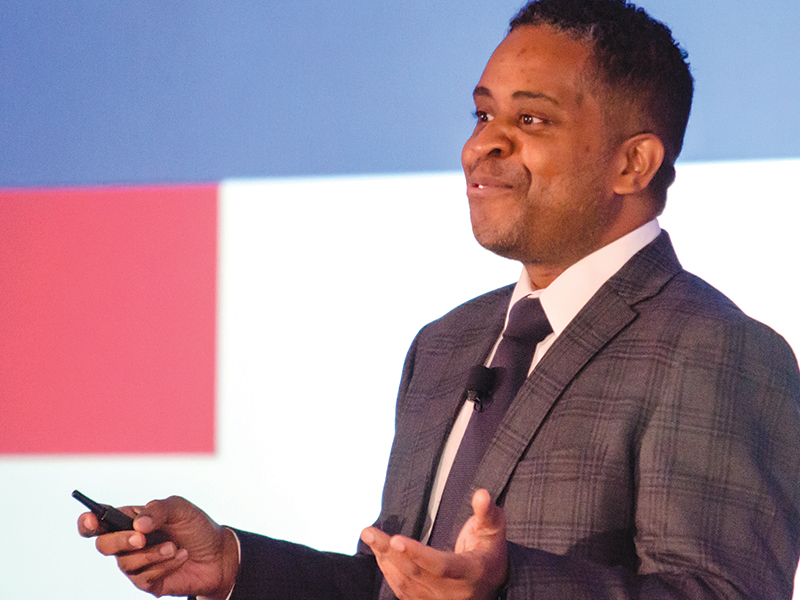
At Benefits Canada‘s 2020 DC Plan Summit in Montreal in February, in a session highlighting innovations in target-date funds, Gary Chateram, former vice-president of institutional sales at Fidelity Investments, drew parallels to the progress in the automobile industry.
When the original concept for target-date funds was filed in 1995, it wasn’t widely accepted, he said, noting the same can be said for automobiles. “The reality is, when innovation occurs, it’s hard to move away from the initial train of thought.”
Like the original structure of an automobile, there’s a general acceptance in the investment industry of the basic structure of a target-date fund. “What you have is a high starting point where equities are your engine, you roll down, fixed income tends to be your brakes — they offer some stability and control — but you have other areas where people tend to not be in full agreement,” said Chateram.
Read: How default investment funds are becoming smarter
In the 60s and 70s, the automobile industry shifted its focus to safety and protection with the introduction of the three-point seatbelt, the airbag and anti-locking brakes, he noted. Car manufacturers, such as Volvo, began communicating what it was doing to get people to their destination more safely.
“I believe we’ve reached a similar point with target-date investing. We need to shift our focus from returns and the destination to start focusing more squarely on how we provide a safer journey to the retirement destination.”
Chateram highlighted three innovations in target-date funds with the potential to become standard in the future. First, hybrid options offer the opportunity to switch gears when necessary. “You’re driving down the road, there’s a massive pothole in front of you. What does active management do? It finds a way to go around the pothole. Think of passive management as the opportunity when the roads are clear to implement that. The combination of both strategies has the ability to reduce your overall risk.”
Read: More pension plans using target-date funds as default option
The second innovation, active allocation, provides the flexibility to speed up or slow down, depending on road conditions, he noted. “So if things are clear, you have the potential to increase your equities, but when things get turbulent . . . you have the ability to slow down.”
And the third innovation is extended asset classes instead of target-date funds’ historical focus on just equities and fixed income. “I hold tremendous hope for this area mainly because, when you look at Canadian defined benefit plans and the model they’ve implemented, I think there’s a lot of hope in the future of what can potentially be done in this area.”
While Chateram noted many of the innovations in automobiles were difficult for drivers to understand, they’ve led to significantly fewer accidents and fatalities on the roads. “I believe innovations that protect Canadian target-date fund members are just as important, and I would encourage everyone in the room to . . . find out what safety features are [available] to protect their members along their journeys to retirement.”
Read more stories from the 2020 DC Plan Summit.
